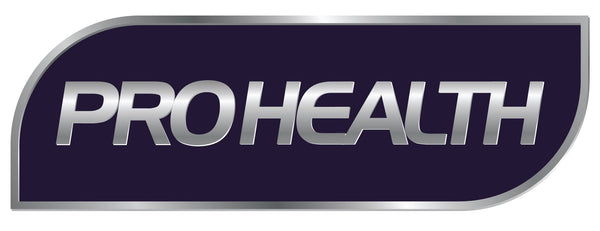Introduction:
As the days grow longer and the sun shines brighter, it's easy to assume that our bodies are naturally obtaining an ample supply of vitamin D from sunlight. While it's true that our skin produces vitamin D when exposed to sunlight, the reality is that many people still struggle to maintain optimal vitamin D levels, even during the summer months. In this blog, we will explore the reasons why vitamin D3 supplementation remains essential throughout the summer, shedding light on the factors that contribute to potential deficiencies.
1. Sunscreen and Limited Sun Exposure:
During the summer, sunscreen becomes a crucial tool in protecting our skin from harmful UV rays. While sunscreen is vital for preventing sunburn and reducing the risk of skin cancer, it can also inhibit vitamin D synthesis. Applying sunscreen with a high sun protection factor (SPF) significantly reduces the amount of vitamin D produced by the skin. Consequently, even with prolonged sun exposure, our bodies may not be able to generate enough vitamin D to meet our needs. Thus, vitamin D3 supplementation can help bridge the gap and maintain optimal levels.
2. Geographical Location and Sun Angle:
The latitude at which you live significantly influences the intensity and angle of sunlight throughout the year. People residing in higher latitudes, particularly during the summer, experience a shallower angle of the sun's rays, resulting in reduced UVB radiation reaching the skin. This decreased UVB exposure can hinder the body's ability to produce sufficient vitamin D, even during sunnier months. Therefore, individuals living in regions with lower sun angles may need to rely on vitamin D3 supplementation to ensure adequate levels.
3. Lifestyle and Indoor Activities:
Despite the allure of summertime, many people still spend a significant portion of their days indoors, whether at work, school, or engaging in leisure activities. This sedentary lifestyle and limited time spent outdoors can compromise vitamin D synthesis. Moreover, activities such as swimming or seeking shade during hot summer days further decrease sun exposure. By incorporating a vitamin D3 supplement into their routine, individuals can counterbalance the lack of sunlight and sustain optimal vitamin D levels.
4. Individual Variations and Risk Factors:
Each person has unique characteristics and lifestyle factors that can impact their vitamin D status. Factors such as age, skin pigmentation, body mass index (BMI), and underlying health conditions can affect how efficiently our bodies synthesize and utilize vitamin D. Furthermore, certain medications and chronic illnesses may interfere with vitamin D absorption or metabolism. Supplementing with vitamin D3 helps mitigate the risk of deficiencies, especially in individuals with higher susceptibility to low vitamin D levels.
5. Maintaining Optimal Health:
Vitamin D is not solely responsible for maintaining strong bones but also plays a vital role in supporting overall health. Adequate levels of vitamin D have been linked to improved immune function, reduced inflammation, enhanced mood, and optimal cardiovascular health. By ensuring sufficient vitamin D intake through supplementation, individuals can promote their overall well-being, regardless of the season.
Conclusion:
While the summer season offers longer days and increased sunlight, relying solely on sun exposure may not guarantee sufficient vitamin D levels for many individuals. Factors such as sunscreen use, limited sun exposure, geographical location, indoor lifestyle, and individual variations contribute to the need for vitamin D3 supplementation. By incorporating a high-quality vitamin D3 supplement into your daily routine, you can maintain optimal vitamin D levels and support your overall health throughout the summer and beyond. Remember to consult with a healthcare professional to determine the appropriate dosage based on your individual needs and circumstances.
